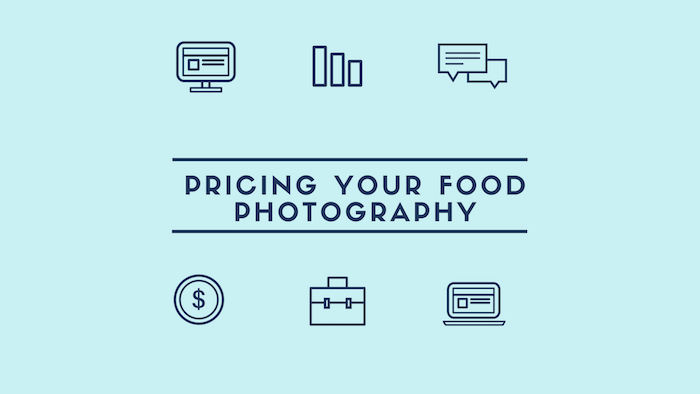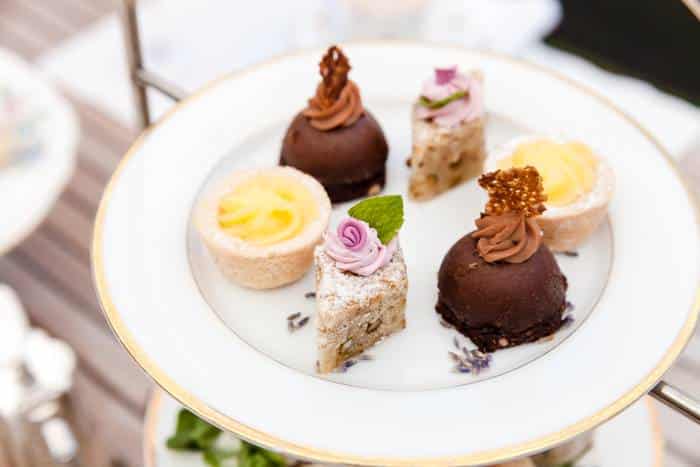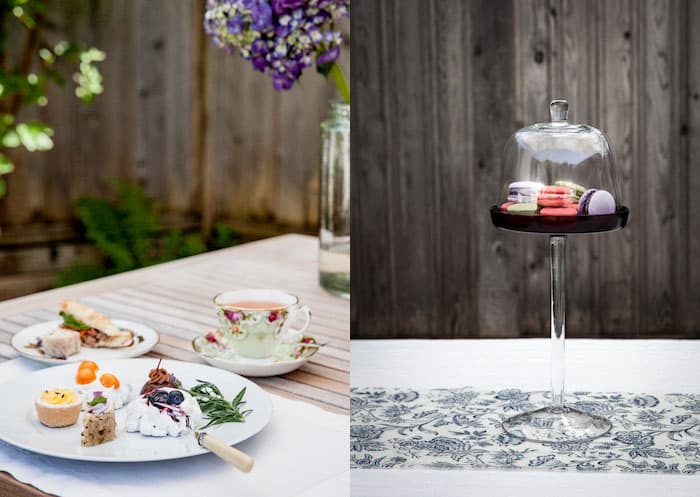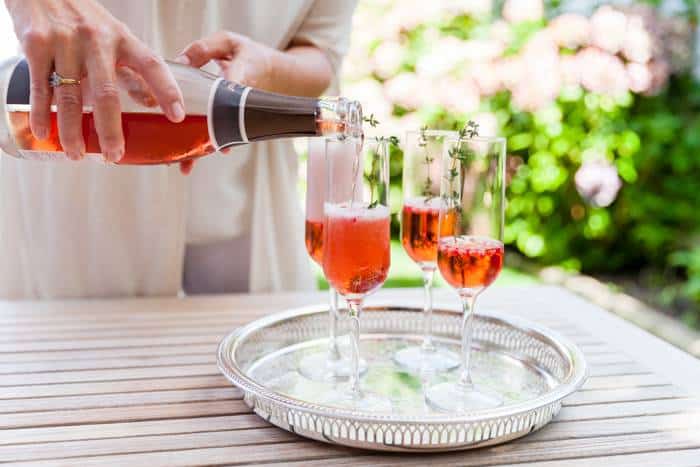
Last week I was asked to speak on a panel hosted by CAPIC Vancouver–The Canadian Association of Professional Image Creators. I was joined by two other photographers, and the talk was led by Lisa Kaulback of Kaulback Productions.
We had a great turnout and it was an exciting evening, with a lot of energy around the topic. Pricing is something that everyone struggles with–even seasoned veterans. There is not standard for what food photography costs, although there are ranges, depending on the market and the usage.
Sometimes you might cut a client a break, depending on how much you might want to work with them. Or you may charge them a lot more than they think you should charge them, because they don’t understand how much work is involved in producing professional photographs.

Before the talk, each of the photographers were asked to present some parameters given them to by a past client. Participants needed to come up with a quote, based on the information provided. We then reconvened to compare their efforts with the actual estimates each of us photographers had given to the client.
Needless to say, it was interesting how much higher the attendees quoted. It was also interesting for me to compare my quote to those submitted by the other two photographers, who were both industry veterans with a much higher studio overhead.
The takeaway for everyone was that there is an ideal, and then there is reality.
The evening got me thinking about price and what is often left out of the conversation. Everyone gets so heated about numbers, but for me core issues are really about target market and the psychology of sales.
A product is only worth the value given to it by others.
The value of a product is perceived, not given.
This is why some women will pay $7000K for a Chanel handbag, while others won’t spend more than thirty bucks for a purse from Target. The whole luxury goods sector is built on this concept. A Chanel handbag may be very well made, but is it so well made that it justifies the price tag? After all, it’s just something you carry your stuff in.
When you’re buying a luxury good, you’re buying image, status, and other things besides its intended function.

When it comes to photography, I believe that it also is a luxury service, but for different reasons.
The cost of the overhead to run a photography business doesn’t allow you to work for bargain basement prices. This may be your tactic when you’re first starting out and building your portfolio, but keep it up and you’ll be hanging up your hat before long. You won’t be able to maintain your cost of business and make enough profit to live on.
Not to mention that if you’re charging low prices, the clients with bigger budgets will perceive your service to be low-end.
Instead of charging low prices, you need to focus on marketing to your target audience and create the perceived value that will make them decide to hire you. You have to figure out how you differentiate yourself from your competition, and it can’t be by your pricing.

I will admit I have been guilty of lowering my pricing based on my perception that if I didn’t “get the job” that it was because my price was too high. I thought of all of my prospects as equal and didn’t consider that some would find me “too expensive” no matter how little I charged.
You need to identify who your ideal customer is and what they would want from your product and service. What would they achieve by working with you?
Why should they pay more than your competitors who are creating work of similar quality but charging lower prices?
You have to go deep with this. If your answers are too superficial (even though you’re just answering them for yourself) you’ll find that you will continue to have your prices challenged, or your bids overlooked.
So before you do your next estimate or start tossing out prices:
- Determine your target market. Come up with a list of twenty dream clients or brand that you would love to work for. Create a client “avatar” that represents the characteristics of your ideal client.
- How can you your clients achieve their goals? Ask yourself how you are different from your competitors. What makes you worth the prices that you charge?
The added benefit of doing this exercise is that once you truly know what your clients will get out of working with you, you will also feel more secure in the value of your work because you will know exactly what you have to offer.
In upcoming post, I will be talking more about pricing and some other aspects of business. If you haven’t signed up for my email newsletter, enter your information in the box below. You’ll get my free guide to restaurant photography as well as my food photography cheat sheet and list of the gear that I take with me on every shoot.
Plus, my subscribers get extra posts that I don’t share on the blog. You can go to a lot of sites to learn more about photography, but I give you an inside view on the photographic industry and show you how I made the transition from hobbyist to professional. So hit that subscribe button now!







